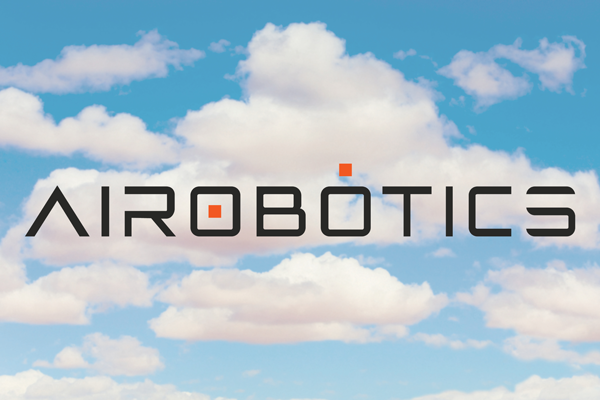Editor’s Note: With its wide-open skies, diverse airspace – and one of the most robust aviation, defense and space industries in the world – Arizona is poised to be at the forefront of the surging Unmanned Aircraft Systems (UAS) industry. TechConnect asked two UAS experts – one from academia; the other from industry – to discuss the future of the industry, its practical applications and why they believe Arizona is a great place to test ideas and innovations in this exciting new chapter of aerial flight.
1. Can you explain what your company is currently doing in Arizona?
Airobotics is expanding its customer base and is starting to work in the United States with autonomous drones. Arizona has a strong mining industry and potential partners who we are excited to work with. Mining companies can benefit greatly from various applications, data collection and analysis tools our drone systems provide.
2. What makes your system unique?
Airobotics’ strength is built on three key pillars: Our inimitable technology, extensive experience in field deployments and regulation rigor. To date, under each of these pillars, Airobotics has forged a significant path forward. We have developed a unique, proven technology that has been successfully deployed in five countries with Tier-1 customers. It also has been certified to operate in five countries by aviation authorities.
Our drone platform is fully automated from end-to-end, and we are the first commercial drone in the world to be certified to fly without a human operator.
Our unique capabilities:
--Multiple payloads & battery swapping: Airobotics’ system has the unique capability of swapping its own batteries and payloads, using a robotic arm. This allows for a diversity of payloads and mission types.
Fully automated platform: Airobotics’ platform is able to automatically self-launch, fly as well as land, time after time accurately. By taking the drone pilot and operator out of the equation, Airobotics enables safety assurances for enterprises.
--Industrial grade, durable & weather resistant platform: The Airbase is completely sealed, waterproof, durable, and corrosion resistant. More than that, the Airbase is made from a rugged, industrial grade exterior. Our Optimus drone can fly in rain and wind of up to 20 knots with gusts of 30 knots.
--Coverage & speed: Airobotics drone can cover up to 5km radius around the Airbase, in a speed of 10 meters per second.
3. Arizona is launching the new AZSkyTech program, which is envisioned to lead the way in positioning the state as a premier place in the world to responsibly test, deploy and advance commercial UAS technology and policy. Why is it smart for states to make it a priority to encourage the development of this sector?
Commercial UAVs have tremendous potential to improve the industrial and commercial sectors with their data collection tactics and software. The drive for digitalization is vital as companies look for ways to improve productivity and business, which can lead to higher profits that flow back to the state, as well as create new type of jobs related to aerial data and remote operations. Commercial UAVs are also laying some of the foundation for the creation of smart cities, so states who are working on the development of relevant technologies are one step closer to building the city of the future.
4. In your opinion, what makes Arizona a great testing ground?
Arizona has many companies in the industrial field, such as mining, that can benefit greatly from autonomous drones, so it’s an ideal place to test them on real worksites. The state also has a business-friendly regulatory environment that makes it easier to work on unmanned systems.
The weather, when not in monsoon season, is good weather to fly drones in as well. The temperature varies between 44°F to 106°F with the summer months typically being dry and the winter months being cool. It is rare for the temperature to go below 36°F or above 111°F. The average wind speed only ranges from 6-8mph year round too. All these conditions make Arizona a great location for drone flying and testing.
5. How important is it for a company like yours to have governments, in this case Arizona, really embrace the industry and limit overly burdensome regulations that would hinder innovation in this space?
It’s great when a state or country embraces UAVs and tries to ease regulation that could allow companies to work at a faster pace and achieve commercial results. Airobotics works hand in hand with regulators in every country we operate in to achieve the right level of certification. Specifically, in the United States, we strive to operate in BLVOS (beyond visual line of sight) mode, and work with the regulator to receive that kind of certification.




